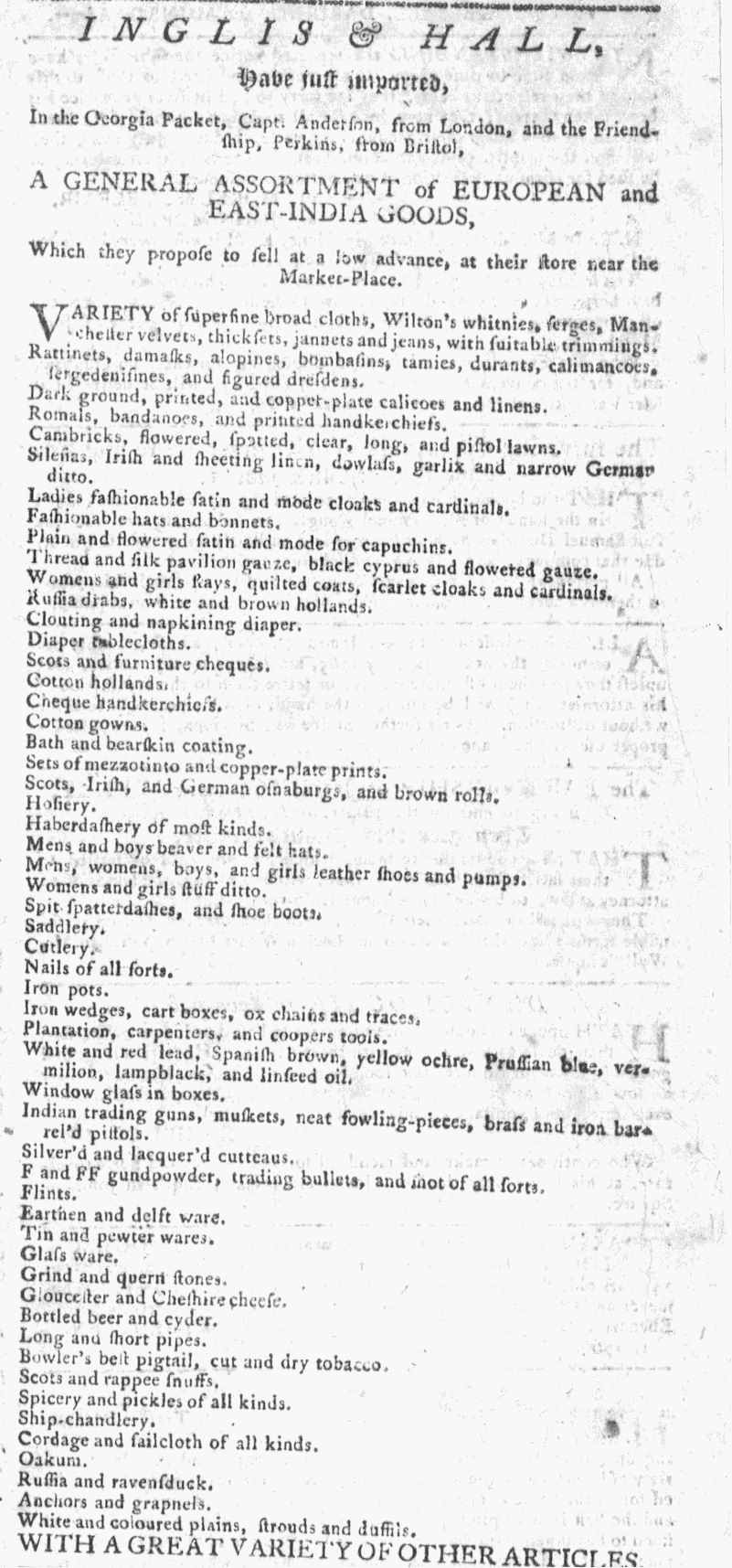What was advertised in a colonial newspaper 250 years ago today?

“To be Sold by the Printers.”
Eighteenth-century printers earned their living by offering a variety of services, as this short advertisement indicates. Publishing the New-Hampshire Gazette was not Daniel Fowle and Robert Fowle’s sole occupation in 1766. If they earned any profit at all from selling subscriptions, it was likely rather small. The important revenues from publishing newspapers came from the advertisements (which helps to explain why printers often gave over so much of the space in colonial newspapers to advertising rather than news or, on occasion, supplied half sheet supplements filled almost exclusively with commercial notices).
In this advertisement, the Fowles announced another branch of printers’ craft: printed blanks. Today such items are better known as blank forms. To record exchanges or legal transactions that took place so regularly that they were standardized, customers could purchase blank forms with boilerplate language. That meant that they did not have to start each new document from scratch with a quill pen. Printed blanks were convenient and saved time, making them a popular product. Often newspaper colophons indicated that the publishers printed the newspaper itself, standalone advertisements, and blanks, suggesting that the printed blanks were a significant part of their operations and revenues.
Some colonial printers also sold books, often imported books or imprints they exchanged with their counterparts in the colonies. Printing a book was a massive undertaking. Considering the time, effort, and capital required for newspapers, advertisements, printed blanks, and other job printing, printers who sold books tended to sell as many or more books printed by others than books that came off their own presses
This advertisement helps to demonstrate the various activities that took place in an eighteenth-century printing shop. Most printers did not specialize in one type of job. Instead, they generated revenues in multiple ways.













